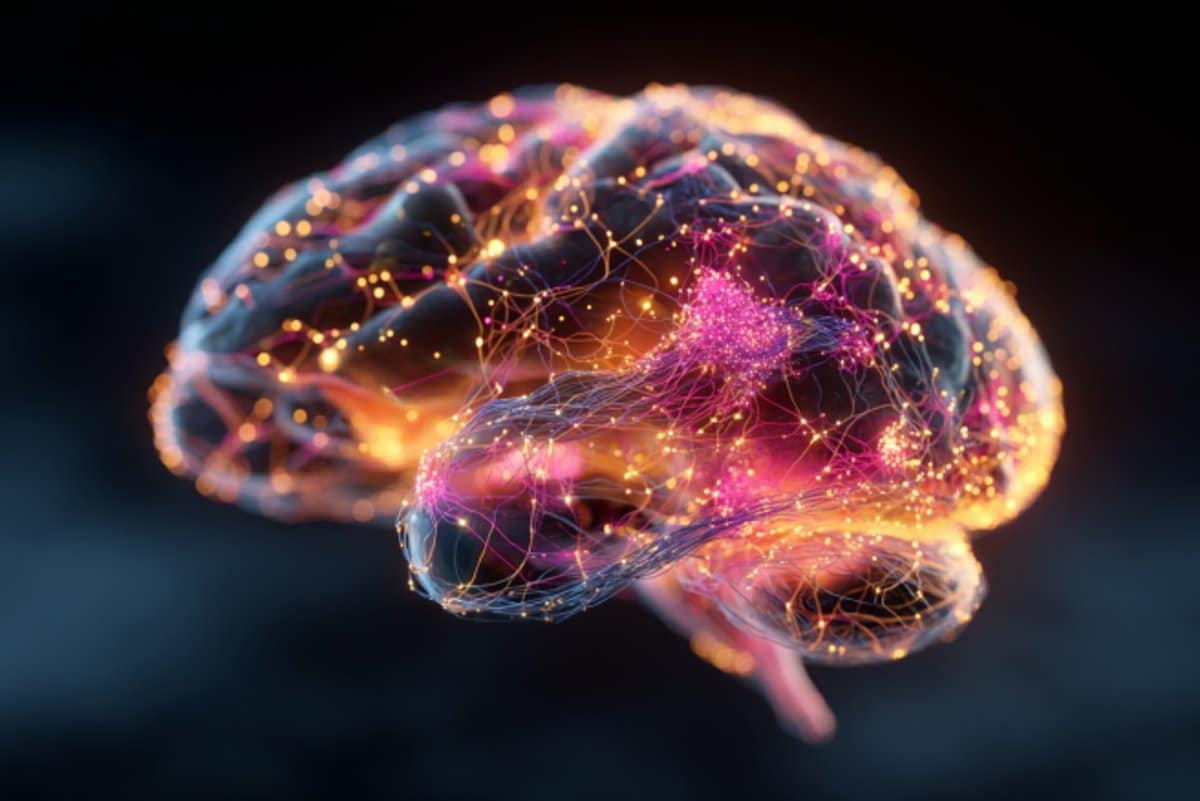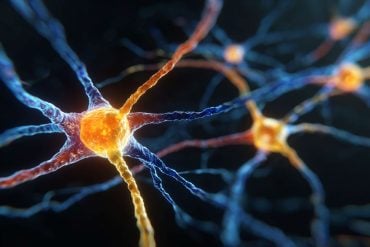Summary: Scientists have built one of the most comprehensive single-cell maps of the developing human brain. The new BrainSTEM framework analyzed nearly 680,000 fetal brain cells to chart their growth and interactions, offering a detailed reference for studying neuron development.
By pinpointing midbrain dopaminergic neurons—the cells most affected in Parkinson’s—it gives researchers a powerful tool to refine cell therapies and evaluate lab models. The open-source atlas sets a new standard for brain mapping and paves the way for AI-assisted breakthroughs in neurodegenerative disease treatment.
Key Facts
- Comprehensive Mapping: BrainSTEM mapped 680,000 brain cells to capture every major type and developmental pathway.
- Parkinson’s Focus: The atlas identifies dopaminergic neurons essential for restoring movement control in Parkinson’s disease.
- Open Access Standard: Provides a shared global reference to improve brain models and accelerate discovery.
Source: Duke NUS
Scientists from Duke-NUS Medical School and their collaborators have created one of the most comprehensive single cell maps of the developing human brain.
The atlas captures nearly every cell type, their genetic fingerprints, and how they grow and interact. It also benchmarks best-in-class laboratory methods for producing high-quality neurons, marking a major step towards new therapies for Parkinson’s disease and other brain disorders.

Parkinson’s disease is Singapore’s second most common neurodegenerative disorder, affecting about three in every 1,000 people aged 50 and above[1]. The condition damages midbrain dopaminergic neurons—cells that release the chemical dopamine to control movement and learning. Restoring these cells could one day help alleviate symptoms such as tremors and mobility loss.
To better understand how these neurons develop when grown in a laboratory, the Duke-NUS team built a two-step mapping framework called BrainSTEM (Brain Single-cell Two tiEr Mapping). Working with partners, including the University of Sydney, they analysed nearly 680,000 cells from the fetal brain to map the entire cellular landscape.
The second higher-resolution projection focuses on the midbrain—pinpointing dopaminergic neurons with greater precision. This “comprehensive reference map” now provides scientists worldwide with a standard to evaluate the accuracy of midbrain models, compared to the real human brain.
Dr Hilary Toh, an MD-PhD candidate from the Neuroscience & Behavioural Disorders programme at Duke-NUS Medical School and one of the first authors of the paper, said:
“Our data-driven blueprint helps scientists produce high-yield midbrain dopaminergic neurons that faithfully reflect human biology. Grafts of this quality are pivotal to increasing cell therapy efficacy and minimising side effects, paving the way to offer alternative therapies to people living with Parkinson’s disease.”
The study, which was recently published in the journal Science Advances, found that many methods used to grow midbrain cells also produced unwanted cells from other brain regions.
This shows that both the lab techniques and the data analysis need improvement to detect and remove these off-target cells.
Dr John Ouyang, Principal Research Scientist from Duke-NUS’ Centre for Computational Biology and a senior author of the study, said:
“By mapping the brain at single-cell resolution, BrainSTEM gives us the precision to distinguish even subtle off-target cell populations. This rich cellular detail provides a critical foundation for AI-driven models that will transform how we group patients and design targeted therapies for neurodegenerative diseases.”
Assistant Professor Alfred Sun from Duke-NUS’ Neuroscience & Behavioural Disorders programme, who’s also a senior author of the paper, added:
“BrainSTEM marks a significant step forward in brain modelling. By delivering a rigorous, data-driven approach, it will speed the development of reliable cell therapies for Parkinson’s disease. We’re setting a new standard to ensure the next generation of Parkinson’s models truly reflects human biology.”
The team will provide their brain atlases as an open-source reference and the multi-tier mapping process as a ready-to-use package. With BrainSTEM being a framework that can be applied to sieve out any cell type in the brain, labs worldwide can deploy it to deepen insights, refine workflows and accelerate discovery across neuroscience.
Professor Patrick Tan, Senior Vice-Dean for Research at Duke-NUS, said:
“This study redefines the benchmark—establishing multi-tier mapping as essential for capturing cellular detail in complex biological systems. By revealing how the human midbrain develops in such detail, we will accelerate Parkinson’s research and cell therapy, delivering better care and offer hope to people living with the disease.”
Funding: This research was supported by programmes including the USyd-NUS Ignition Grant and the Duke-NUS Parkinson’s Research Fund through the generous donation by The Ida C. Morris Falk Foundation.
Key Questions Answered:
A: BrainSTEM is a single-cell mapping framework that charts nearly every cell type in the developing human brain, revealing how neurons form, grow, and interact at unmatched resolution.
A: The atlas identifies midbrain dopaminergic neurons—the cells damaged in Parkinson’s disease—helping scientists create more accurate lab-grown replacements for future therapies.
A: By analyzing 680,000 brain cells, BrainSTEM sets a new benchmark for precision and transparency in brain modeling, providing a global reference to guide discovery and regenerative medicine.
About this brain mapping research news
Author: Brandon Raeburn
Source: Duke NUS
Contact: Brandon Raeburn – Duke NUS
Image: The image is credited to Neuroscience News
Original Research: Open access.
“BrainSTEM: A single-cell multi-resolution fetal brain atlas reveals transcriptomic fidelity of human midbrain cultures” by Hilary Toh et al. Science Advances
Abstract
BrainSTEM: A single-cell multi-resolution fetal brain atlas reveals transcriptomic fidelity of human midbrain cultures
Protocols for deriving midbrain dopaminergic (mDA) neurons for Parkinson’s disease (PD) modeling and therapy remain incompletely benchmarked against in vivo references.
To establish transcriptomic standards, we generated an integrated human fetal whole-brain atlas and a midbrain subatlas. Whole-brain analysis revealed strong region-specific signatures, underscoring the need for global mapping before refined midbrain annotation.
We implemented this two-tier strategy, BrainSTEM (Brain Single-cell Two tiEr Mapping), to systematically reassess published single-cell datasets of human midbrain culture models.
BrainSTEM confirmed the presence of bona fide midbrain cell types (“on-target”), but also revealed substantial populations aligning with nonmidbrain regions (“off-target”), inflating reported mDA yields across protocols.
This unbiased framework enables rigorous evaluation of differentiation outcomes, clarifies current limitations of midbrain-directed models, and provides a foundation for refining protocols toward more faithful in vitro systems for PD research and regenerative applications.






